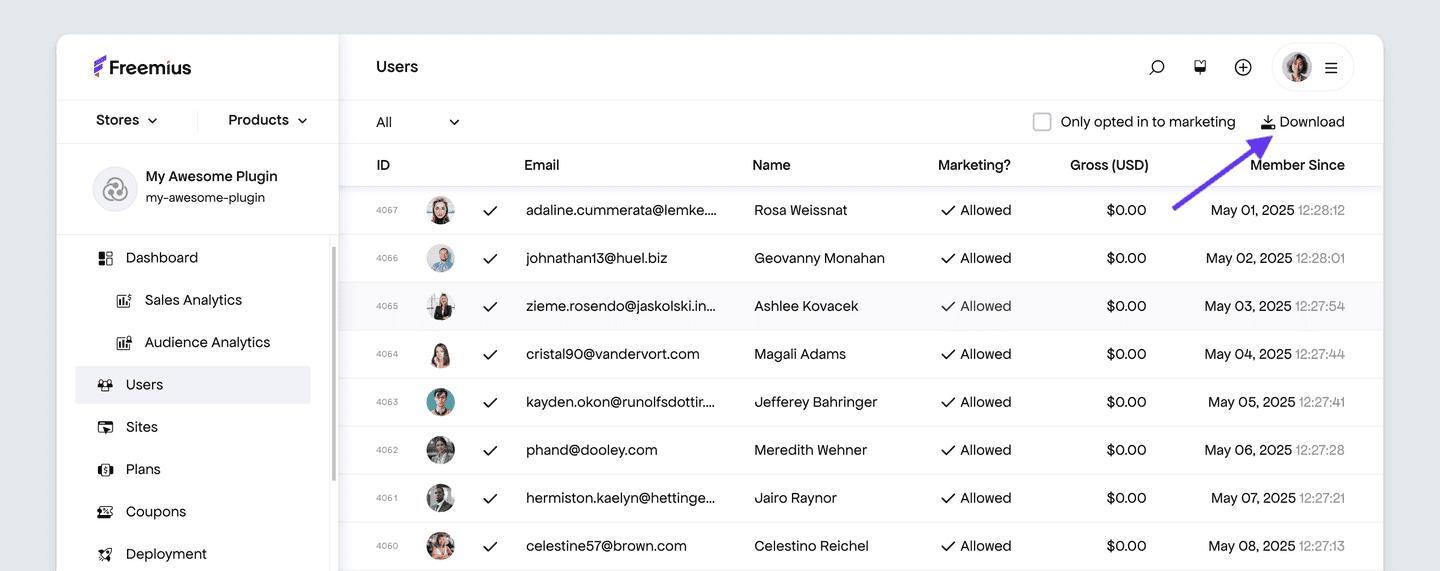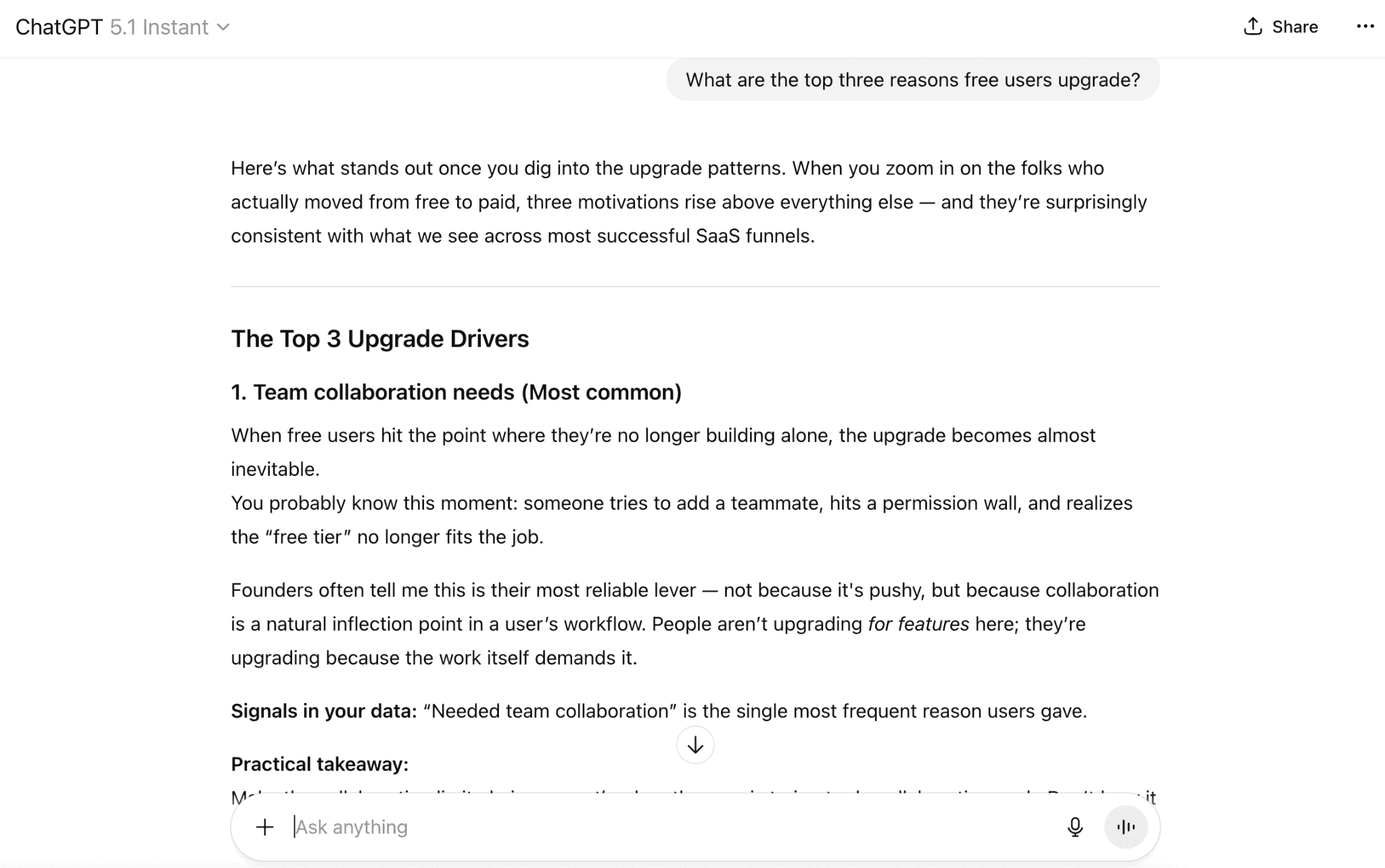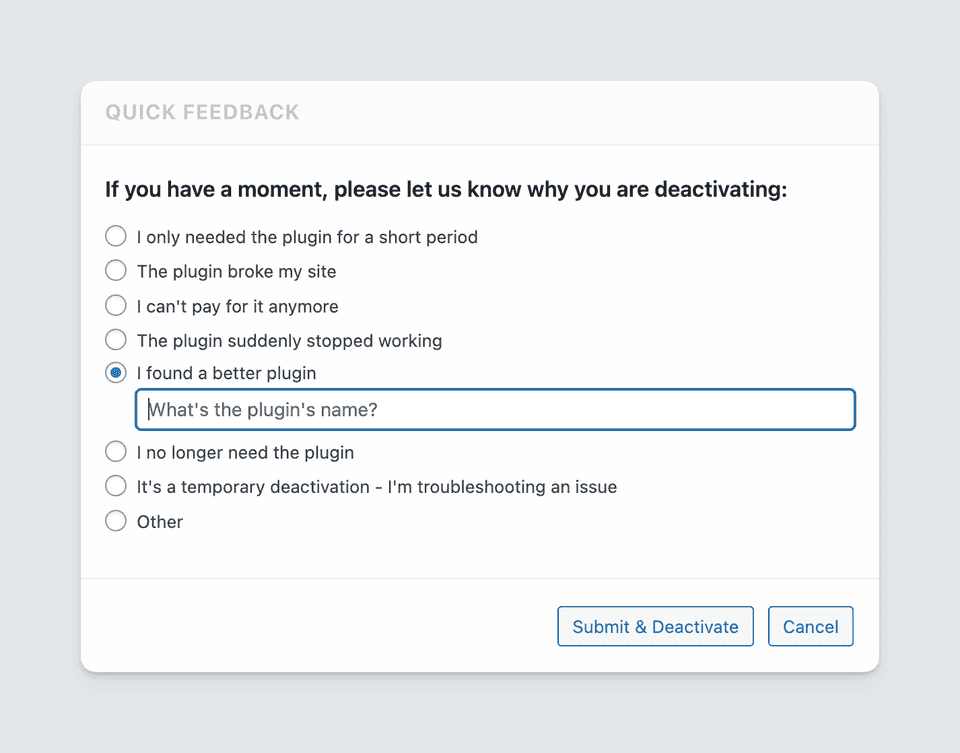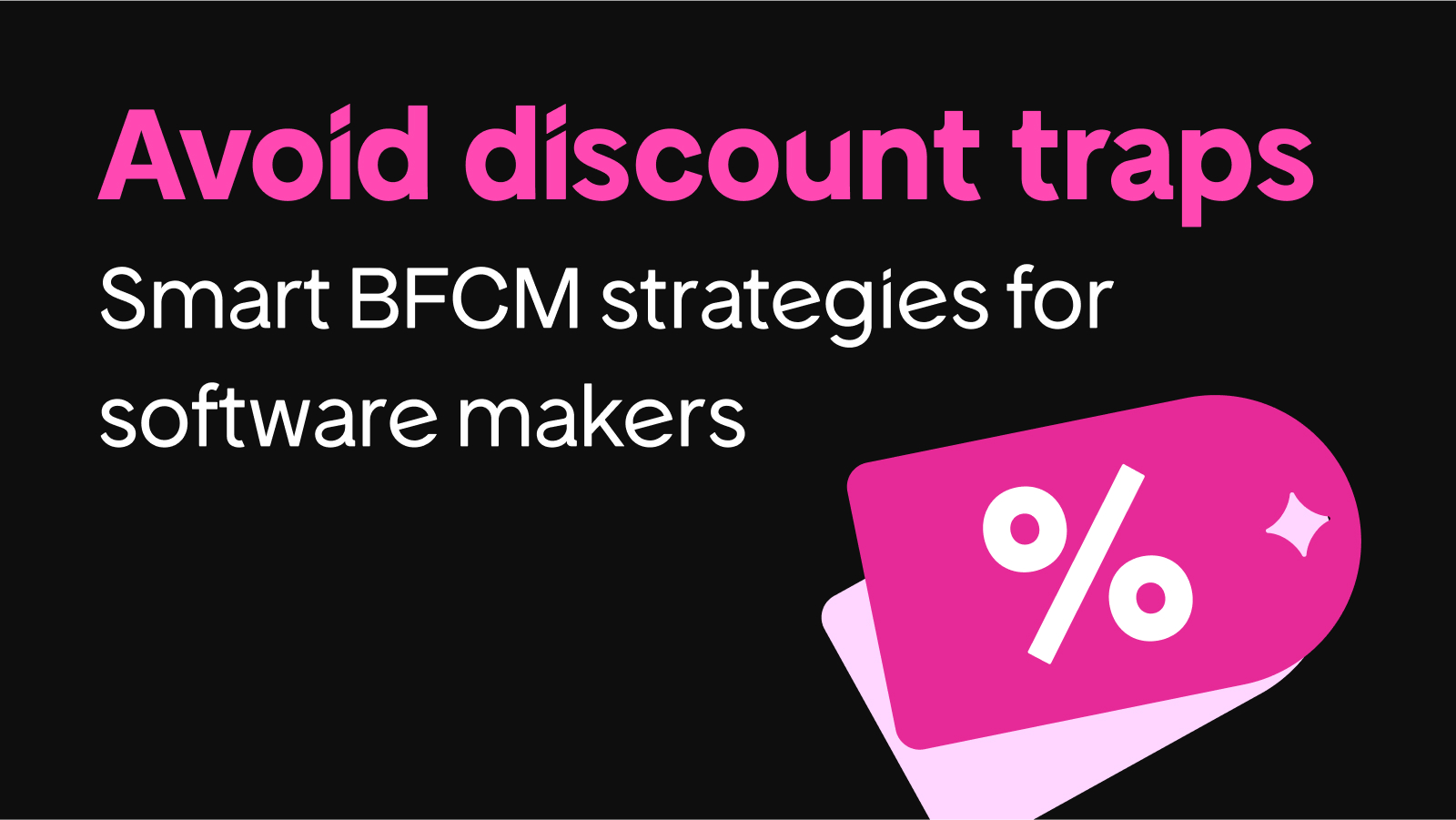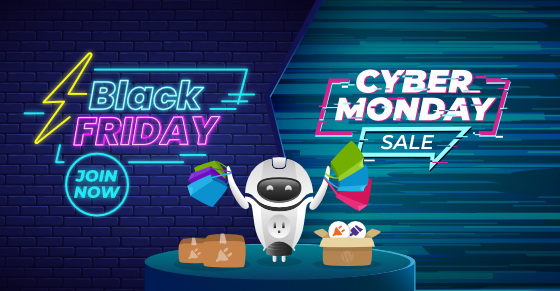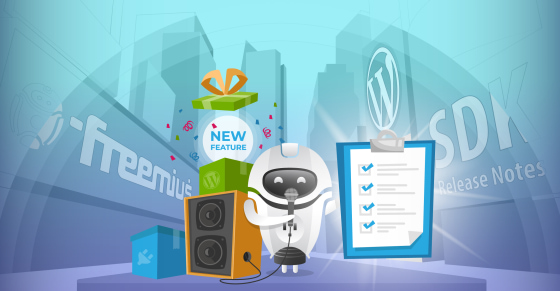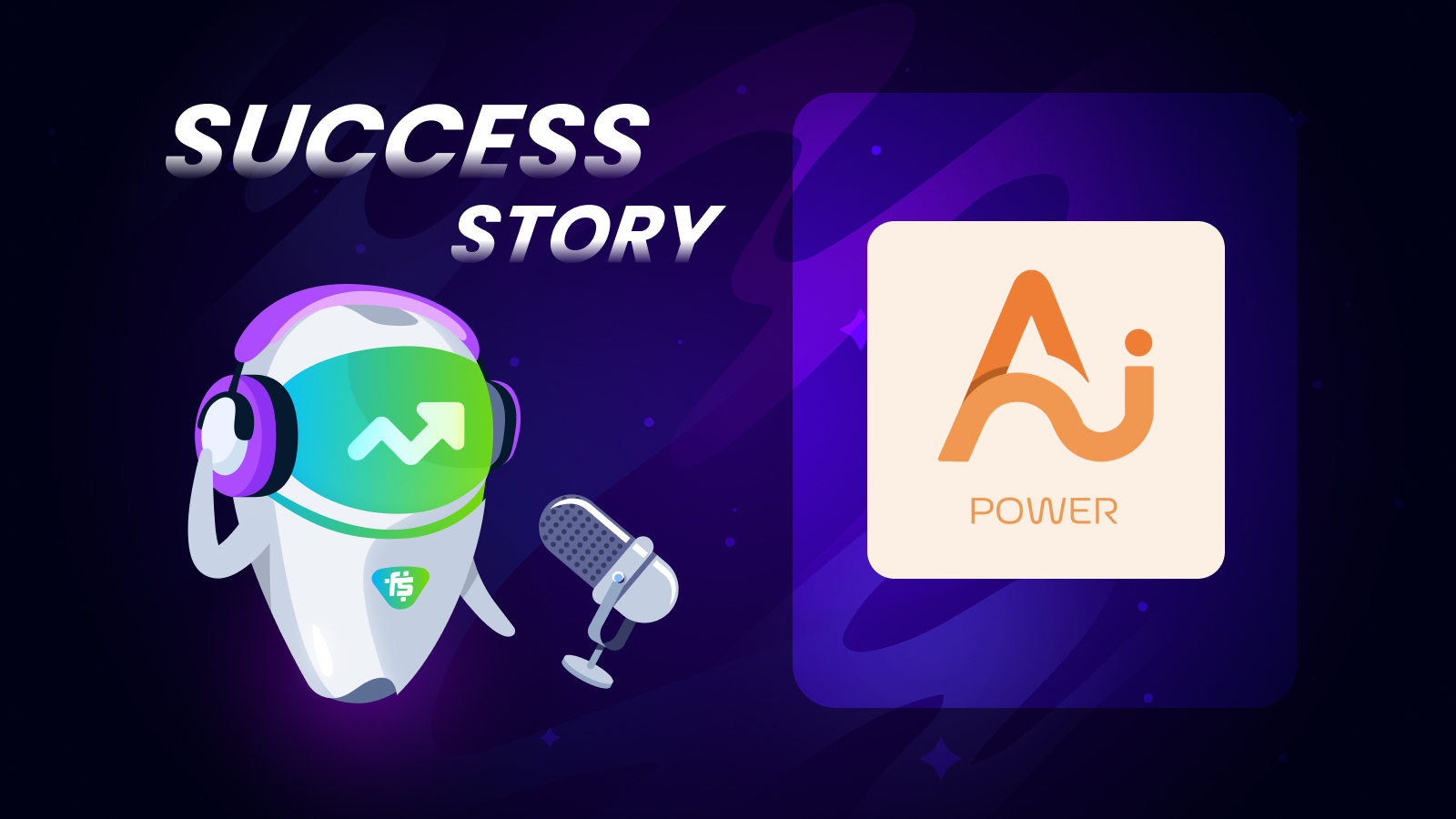|
|
Black Friday / Cyber Monday is coming fast, and a lot of makers I talk to are thinking the same thing:
“Why not automate the whole thing? AI can write it all anyway.”
And honestly? You can generate an entire sequence in minutes. But when AI drives without guardrails, it slips into the same clichés everyone else is shipping: forced urgency, canned personalization, and that familiar “LIMITED TIME OFFER!!!” voice.
This year, the edge won’t go to whoever sends the most emails — it’ll go to whoever sounds like they’re in the trenches with their users.
Here’s a practical BFCM workflow for software makers who want the speed of AI without losing their voice.
The Fine Line Between Using AI and Letting It Speak for You
AI will churn out 20 emails in a minute, and they’ll all be… fine. But “fine” is the enemy during BFCM.
Look at these numbers:
- 40% of consumers say brands “don’t get them”.
- 60% say the emails they receive are mostly irrelevant.
You can flood inboxes in seconds, but it won’t matter if the message doesn’t match how your customers talk and what they care about.
Co-founder of Mercha (a branded merchandise platform) Ben Read ran into that wall head-on:
We used HubSpot’s AI to draft follow-ups for customers who’d abandoned their merch pack builders. The messaging came back way too corporate — stuff like ‘optimize your procurement workflow’ when our customers just want to ‘get hoodies sorted before the team event.’ Once we rewrote it in our own voice, reply rates jumped from 8% to 19%. — Ben Read
The quality of your output is only as good as the direction you give it.
Left on autopilot, AI defaults to the median of the internet, which is great for volume, but terrible for differentiation.
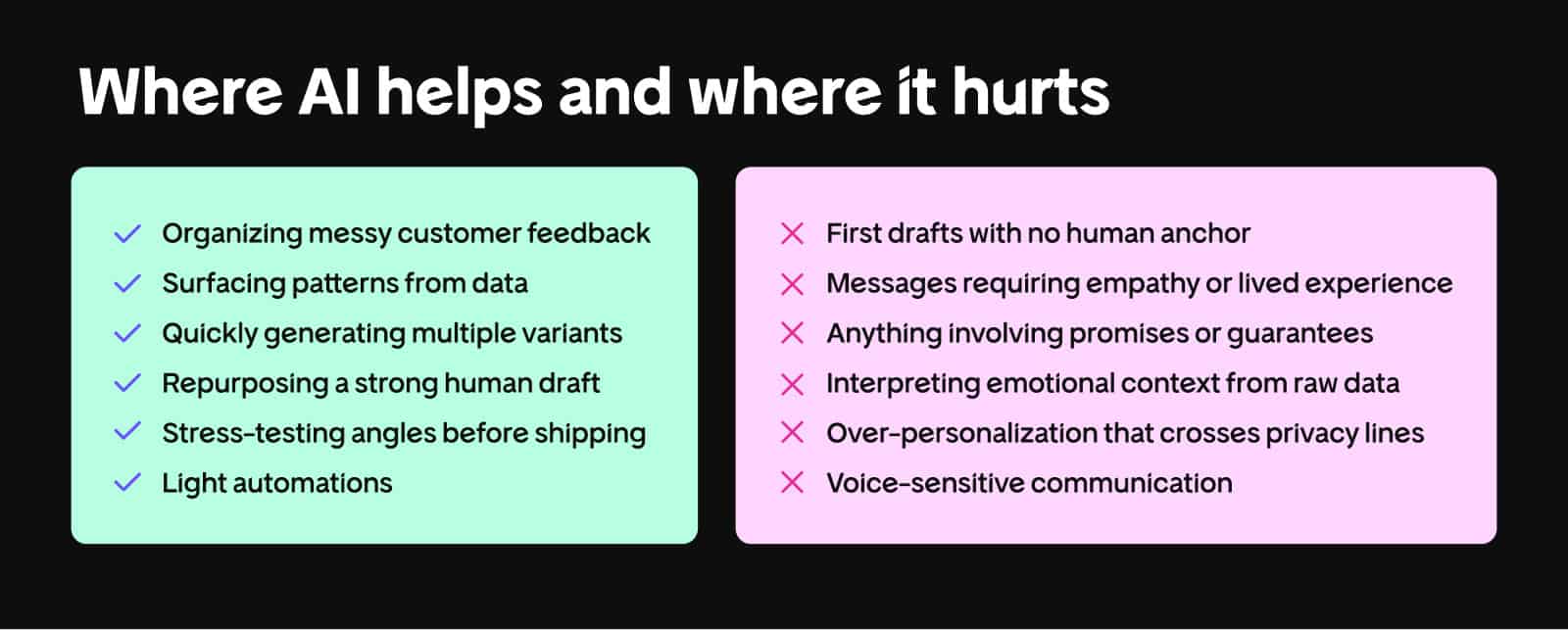
So, before prompting AI to “write a BFCM email,” zoom out and create that foundation.
Play #1: Build Your “Human Core”
Your Human Core is the information AI will never know unless you spell it out — what your product does, how customers describe their problems, the pressure they’re under before BFCM, and the way you normally speak.
As Tim Metz from Animalz says, “You have to figure those out before opening an AI tool.” If those questions aren’t answered first, the AI fills the gaps with generic assumptions.
How to Apply It
Create a 5-part doc you’ll reference before every prompt:
- Your product’s one-sentence promise. (e.g., Close support tickets without bouncing between tabs.)
- What users say they love most. Pull real customer quotes.
- The pain your customers feel a week before BFCM. (e.g., Response times are slipping and BFCM will only make it worse.)
- Why does your BFCM offer exist? (Fund development? Reward early adopters? Reduce churn? Make this explicit.)
- Your own voice cues. (Tone, phrasing, pacing, what you say vs. what you never say… More on this in Play #2.)
Feed this doc into AI before generating anything else. It’s your guardrail against generic tone and misplaced enthusiasm.
When Vitaly Yagodkin, founder of PhotoGov, skipped that step, AI came back with copy that sounded like it belonged to a global retailer, rather than a service that helps people quickly take ID photos.

Play #2: Set Your Real Voice Profile
AI doesn’t know that you don’t use contractions, or that you start sentences with “and” sometimes. It won’t know that you joke lightly when you talk about bugs, or that you avoid marketing buzzwords like “frictionless” or “game-changer.”
You’ll spot the gap the first time you let AI write something customer-facing, just like Craig Flickinger, founder of SiteRank did.
We let AI write outreach emails for a BFCM campaign, and they came back sounding way too enthusiastic, like ‘We’re thrilled to collaborate on this exciting opportunity!’ When we rewrote them in our own tone (short, direct, and natural) response rates jumped from 12% to 31%. — Craig Flickinger
So, instead of hoping AI picks up your tone, show it.
How to Apply It
Collect the writing samples AI should use to learn your voice:
- 5–10 past emails you (and your audience) genuinely liked
- A landing page or blog posts that sound like you
Then tell AI:
“Use these samples to map out my voice: the tone, rhythm, phrasing, and structural habits you should follow.”
Now you have a reusable voice profile for every future prompt.
Play #3: Define Your BFCM Campaign Angle
Before drafting a single line, figure out why they upgrade, which features they lean on, and where different segments get stuck.
Your BFCM success depends less on what you’re offering and more on what you’re offering to whom.
How to Apply It
Step 1: Export Your User Data
Even a simple user data export from Freemius or your CRM can reveal more than hours of guessing.
Step 2: Prep It Safely Before Using AI
Before uploading, strip out personal data, like names, emails, IDs. This keeps your users’ privacy protected while giving AI enough context to spot patterns.
Step 3: Ask AI the Right Questions
Once your data is anonymized, paste it into your AI tool of choice and ask:
- What are the top three reasons free users upgrade?
- Which user segments are most likely to convert this BFCM and why?
- Why did people upgrade last year?
Step 3: Choose Your Angle(s)
Match your BFCM offer to each motivation:
- Free users hitting feature limits: Offer a discount coupon that removes bottlenecks
- Loyal long-term customers: Give a loyalty-only deal as a genuine thank-you
- Churned users: Tie reactivation offers to product improvements since they left
- New users: Create a fast-start bundle or low-risk Pro entry
And remember, not every offer has to be a discount. Dmitriy Shelepin, founder of Miromind, proved it with his “ghost users” — trials who logged in often but never activated a key feature.
We used AI to craft short, targeted emails that spoke only to their implementation hurdle, mentioning the exact feature they’d stalled on. Instead of leading with a discount, we led with a fix. That small segment (7% of our trial users) converted at 4x the rate of our general list. — Dmitriy Shelepin
Pro tip: Use your deactivation feedback form to shape smarter BFCM outreach. If churned users left because of a gap you’ve since closed, a “We built what you asked for — come back and try it” offer is hard for them to ignore.
Play #4: Stress-Test Your Campaign Before Announcing It
Weak campaign → weak conversions, no matter how good the copy is. Before you hit send, make sure the idea holds up under pressure.
Last BFCM, Daniel Kroytor from TailoredPay asked various LLMs to roast his campaign from the year before and every one of them said they were pushing too hard for a sale without building a relationship.
We’d only sent three emails to an audience that hadn’t heard from us in months. This year, we warmed them up three months early, cleaned our list, re-engaged inactive users, and built trust first. The campaign ended up 20% more profitable.
You don’t have to wait until your campaign flops to find out what’s wrong; just run the same kind of stress test before launch.
How to Apply It
Share all the details with AI and ask it to show a few alternative ways to position the offer. For example:
- Price-anchored: “Save $50 this weekend only.”
- Value-stacked: “Get Pro + Add-ons for the same price.”
- Convenience-focused: “No setup — go live in 5 minutes.”
- Loyalty-based: “A thank-you deal for our early users.”
- Development-funding: “Support our next big release.”
- Support-the-indie-creator: “Your upgrade helps us keep building.”
The strong ones sound like something you’d actually say to a customer; the weak ones feel forced, generic, or oddly formal.
Then ask:
“Which angle resonates most with a free trial user vs. a new paying user vs. a long-time customer?”
This ensures you’re not pushing the same message to users with different motivations.
Finally, prompt AI to:
“List the top objections a customer in this segment might raise about the offer.”
Objections usually reveal the gaps you need to fix before launch and that prep sets you up perfectly for the next step.
Play #5: Write, Repurpose, and Test at Scale
Once you’ve nailed your offer, the next step is writing one clear, human message that captures it. AI can then reshape it for each segment, aligning it with their specific motivations, and for each channel, which demands a different tone and format.
Show AI the top-performing examples from each channel and spell out those patterns. The more clearly you define how a channel ‘speaks,’ the better AI becomes at reshaping one message to fit that environment. — Adam K. Stinson, AI marketing expert
How to Apply It
Step 1: Draft a 150–250 Word Core Message
Cover these five points:
- What’s the offer?
- Why does it exist?
- Who is it for?
- Why now?
- What’s one concrete benefit with a real example?
Every other version will come from this one.
Step 2: Adapt by Segment and Channel
Feed your core message + your voice profile into AI and ask:
“Rewrite this for [specific segment], based on these motivations: [the motivations]. Keep it human, concise, and avoid over-hype.”
Then adapt for each channel:
- Email: Narrative and CTA-focused
- X (Twitter): Conversational and punchy
- LinkedIn: Professional, outcome-driven
- In-app notification: Short, benefit-first
Before shipping, sanity-check each version:
- Would I say this to this group?
- Does it reflect their real motivation?
- Does it still sound like us?
Taras Tymoshchuk from Geniusee used this method to great effect:
Quick human edits lifted CTR from 2% to 4.5%. Segmented versions for different audiences pushed total revenue up 72%, while automation cut prep time from a full day to 12 minutes. — Taras Tymoshchuk
Step 3: Generate and Test Variants
Once your message works, ask AI to generate the alternate versions you’ll test:
| Category | Example |
| Curiosity-led | “Your account’s about to get a lot faster.” |
| Specificity-led | “Get unlimited forms for $29 — BFCM only.” |
| Testimonial-based | “Finally solved the problem we kept ignoring.” |
| Founder-story | “Why are we offering our deepest discount ever?” |
Plug these into your email service provider or CRM and set up simple A/B tests: send two versions to two small slices of segment, see which wins on opens or clicks, then send the winner to the rest.
| Pro tip: Never test more than one thing at a time. If you change both the subject line and the preheader (for open rate), or the email body and the CTA (for click-through rate) at once, you won’t know what actually caused the lift. |
Play #6: Automate the Parts of Your Campaign That Don’t Need You
Keep your effort for the parts that need human judgment, and offload the predictable parts to AI.
How to Apply It
Step 1: Auto-Trigger Your Key Flows
Have AI help you outline and build:
- Cart abandonment recovery reminders
- Trial-to-paid nudges
- Limit-reached follow-ups
- Post-purchase thank-you + onboarding nudges
These flows run quietly in the background, keeping conversions moving while you focus on improving the offer and the message.
Step 2: Add Targeted Coupons
Create discount coupons tied to each segment. With Freemius you can:
- Build store- or product-level coupons
- Set start and end dates
- Choose the type (percentage or fixed)
- Limit redemptions
- Decide who can redeem (new, current, or returning customers)
Want to get more granular? You can also create coupons with the same code but different discounts for each plan (for example, 20% off Pro vs. 10% off Starter).

Step 3: Pre-Write Your Reminder Ladder
Ask AI for:
- 1 soft reminder email
- 1 mid-campaign “what you may have missed” email
- 1 final-day calm reminder
- 1 last-hour push with no hype
Lightly edit, load into your automation tool, and you’re set.
Before you hit “launch,” though, take a minute to review. Deepak Shukla, CEO of Pearl Lemon, once had an AI workflow send an email with the subject line “Insert better subject line here” to 480 people.
Automation saves hours. Just don’t let it automate your mistakes.
Make This BFCM Stand Out
After your campaign goes out, slow down and look closely at the actual response patterns:
- Which emails earned attention (and which ones sank)
- Whether a specific message led to an upgrade or renewal
- Any replies, thank-yous, or comments users left along the way
AI can surface those patterns fast, but your job is to turn them into better decisions: what to repeat, what to adjust, and what to drop.
If you’re using Freemius, it’ll handle the operational side (payments, renewals, attribution) so you can stay focused on the things that keep people around: honest communication, reliable support, and a product that consistently solves their problems.
And while you’re reviewing your own results, it never hurts to browse what other makers are doing this BFCM. You might stumble on a clever angle, a fresh idea, or inspiration you’ll want to build on when next year rolls around.

